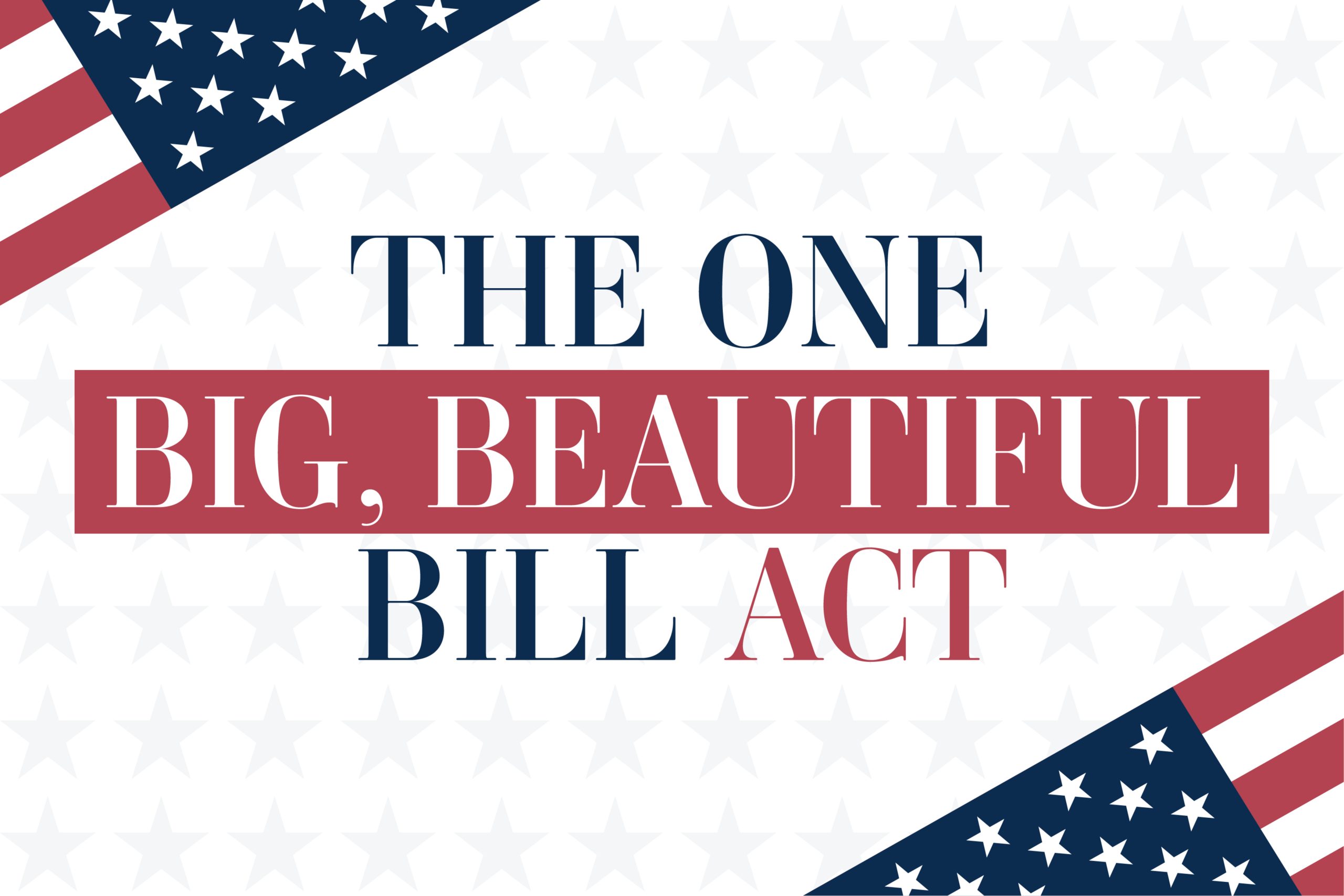US trade tariffs reshape the game for businesses big and small. They ripple across supply chains, impact strategy, margins, and understanding those effects is how leaders regain control. Here’s what you need to know (and how a strategic partner can help you navigate).
What is a Tariff and Why is it Important?
A tariff is a tax on imports. Sounds simple, but its impact are complex. Tariffs in the United States function, in theory, as a barrier, making certain imported goods more expensive so domestic alternatives look cheaper. That’s the theory. The reality is not that simple.
Protection vs. cost: Tariffs, particularly sectorial tariffs, are meant to shield industries from foreign competition, but they increase costs for businesses that optimized their supply chain and depend on imported materials, parts, and/or finished goods.
Revenue and policy tool: They generate revenue and serve political goals, from national security to trade negotiation leverage.
Market signal: Tariffs signal priorities. If the government imposes duties on steel or aluminum, that’s a statement about supporting domestic manufacturing.
So why is a tariff important? For businesses affected by tariffs, it changes pricing, influences sourcing decisions, and strategy overnight. It affects how and where they invest and what consumers pay. It becomes a thread in the fabric of broader trade policy—one that moves swiftly and unpredictably.
5 Main Industries Most Impacted By Tariffs
Tariff effects stretch across the economy, but some sectors feel it more sharply. Here are the top five:
-
Automotive manufacturing
Heavy reliance on imported parts due to global supply chains developed over decades makes this sector vulnerable when tariffs on steel, aluminum, or parts are imposed. In most cases, costs for U.S.-based manufacturers increase. -
Consumer electronics
Assembly lines span continents. Tariffs on lithium batteries, circuit boards, and displays or instrument panels push prices higher or prompt relocation of manufacturing hubs. -
Agriculture and food processing
Soybeans, pork, and dairy have all been targets of retaliatory tariffs. U.S. farmers often lose access to key export markets, cutting deep into margins. -
Apparel and footwear
These industries rely heavily on Asian manufacturing. Tariffs can cause massive swings in seasonal pricing, overall margins and sourcing decisions. -
Energy and raw materials
Oil and gas equipment, solar panels, and rare earth metals are directly impacted. Downstream, this affects utilities, infrastructure, and consumers.
Even industries that may not be affected by tariffs feel indirect effects through supplier disruptions, increased costs, or downstream volatility. It’s not just “what tariffs will affect,” but who they touch along the way.
4 Products that Benefit from Protective Tariffs
While many lament tariff impacts, some see real benefit:
-
Domestic steel products
When foreign steel becomes expensive, domestic mills see increased demand. Employment and capacity often rise in tandem. -
Some agricultural commodities
Sugar and peanuts, for instance, have long benefited from import restrictions, supporting stable domestic prices. -
Food packaging and processing equipment
Tariffs on foreign machinery can help U.S. manufacturers scale. -
Renewable energy components
Solar panel tariffs aim to grow U.S. panel manufacturing and have created niche investment opportunities.
These are prime examples of what companies benefit from tariffs, especially when coupled with federal subsidies or incentives. Protective tariffs give companies a temporary edge—if they know how to capitalize.
How Will Tariffs Affect Small Businesses and What Can You Do?
Small businesses are often impacted the hardest. They lack scale bargaining, leaner margins, and buffer resources. Here’s how tariffs might impact your operation—and how to address them.
Impacts on small enterprises
Rising costs: If you’re importing materials, costs increase, and if you’re not absorbing it, you pass it along to customers.
Supply chain havoc: Tariff shifts can instantly render established supplier relationships untenable.
Reduced competition: Protective tariffs can encourage local suppliers, but slow adoption and scale issues often keep costs high.
Uncertain environment: Planning capital raises or forecasts becomes harder when tariffs and policy threaten to shift again.
What small businesses can do
Check your supplier origins: Know exactly where every component, part, and ingredient comes from.
Build flexibility: Look for alternate sources—domestic, nearshore, or tariff-exempt countries.
Pass cost strategically: If raising prices, be clear with customers and reinforce trusted value.
Leverage trade programs: Many small businesses qualify for duty deferral or drawback schemes (e.g., HTS classifications, bonded warehouses).
Monitor policy changes: Tariffs in the United States can tilt quickly. Having an alert system—or advisor—matters.
For the millions of small businesses that are now “businesses affected by tariffs,” agility is essential. Understanding “how tariffs impact the economy” at large can inform smarter choices at the micro level.
Tariff Mitigation Strategies for Your Business
Whether you’re a well-funded enterprise or a SMB with limited resources, there are concrete actions to mitigate the effect of tariffs:
- Supply chain diversification
If China, Canada, or Mexico supply key inputs, build relationships in multiple regions to hedge duty risk. Southeast Asia and South America are emerging options. - Tariff engineering
Redesign products to change duty classifications. A small tweak can shift your product into a lower tariff band. - Use free trade agreements
USMCA, FTAs, and preference programs might offer duty-free alternatives. - Value-added processing states
Add final assembly work in the U.S.—even minimal steps may lower tariff exposure. - Bonded and foreign-trade zones
Holding inventory in FTZs delays or avoids duties—useful for re-exporting or final assembly. - Tariff-cost modeling
Build a dynamic model to test duty scenarios. Know at what point duties erode profitability. - Government credits or subsidies
Some states offer support to sectors hit by tariff shocks—an overlooked lifeline. - Third-party logistics (3PL) integration
Experienced 3PLs can help optimize routes, customs documentation, and timing to reduce costs.
These aren’t theoretical. They should be integral to every playbook used by companies affected by tariffs to maintain a competitive edge. The right approach depends on size, agility, and long-term goals.
How to Prepare for Tariffs and How an Advisor Can Help
Get ahead with early planning
A solid tariff prep plan involves:
Supplier mapping: Know your sourcing origins and classify where tariffs raise costs.
Cost sensitivity analysis: Model cost increases, price elasticity, and margin impact.
Response options: Prepare alternate source contracts, slack components, and inventory buffers.
Policy monitoring: Track announcements, hearings, product classifications, and enforcement actions.
Contractual flexibility: Build tariff clauses into supplier and distribution agreements.
What an advisor brings
A knowledgeable advisor does more than offer intel—they work alongside you:
-
Supply chain audit: Map each node and surface tariff exposure.
-
Tariff strategy design: Engineer repricing, product redesign, and sourcing shifts.
-
Connection to programs: Introduce you to tariff-duty drawback, bonded zones, and trade credits you didn’t know about.
-
Scenario planning: Build plans for not just 10% tariffs, but the possibility of stepped increases or rollbacks.
-
Access to capital markets: If tariffs hurt cash flow, advisors help raise capital or place debt strategically.
-
Policy influence: Understand avenues to participate in trade discussions or advocacy, depending on size and affiliation.
An experienced advisor understands both how they work and how they reverberate through operations, capital structure, and long-term strategy.
Why acting now matters
Tariffs change quickly. What’s 25% today may be 15% tomorrow—or gone, and vice versa. A six-month lag in strategy can cost you millions. Early analysis and agile planning allow you to move before your competition wakes up to the impact.
Taking control, not chasing change
The story of US trade tariffs isn’t just about higher prices or supply headaches. It’s about reshaping markets, accelerating nearshoring, and forcing agility. Thinking defensively—or worse, acting when you have to—is a shortcut to shrinking margins and lost opportunity. Abraham Lincoln once said “things may come to those who wait, but only the things left by those who hustle”
Preparations allow businesses to look through the lens of value and resilience. If your strategy is sound today, it doesn’t just survive—it adapts and takes advantage as global trade realigns.
Be ready when tariffs hit
For business owners, mid-market companies, and ambitious leaders, a proactive plan is the difference between scrambling and thriving. Whether you’re adjusting product design, locking in tariff engineering steps, or accessing trade financing, there’s a strategic path forward.
That’s were having the right partner matters. The industries we serve mean we bring a global perspective, deep trade-policy understanding, and real-world experience helping clients deal with cross-border challenges.
Our financial and advisory services don’t just wait for tariff shifts. We build structural resilience, integrate policy strategy into your financial planning, and help you access funding sources to support necessary transitions. Whether it’s supply mapping, preparation of playbooks to encompass various scenarios, or execution support, you don’t have to do it alone.
If you want insight, clarity, and a trusted guide, our investment and advisory firm is ready to help. Your ambition deserves advice that moves with confidence, and beyond spreadsheets.
US trade tariffs may be headline fodder, but for your business, they’re a bellwether. Know how to act—and use them as leverage. Book a consultation now.
Post Contents
Recent Posts
The Impact of the One Big Beautiful Bill on Your Taxes
Claudio Calado2025-09-26T08:06:12+00:00September 26, 2025|
The Impact of the One Big Beautiful Bill on Your Taxes
Claudio Calado2025-09-29T09:06:13+00:00September 16, 2025|
AI for Tax Planning Under the One Big Beautiful Bill
Claudio Calado2025-09-29T09:04:42+00:00September 9, 2025|


